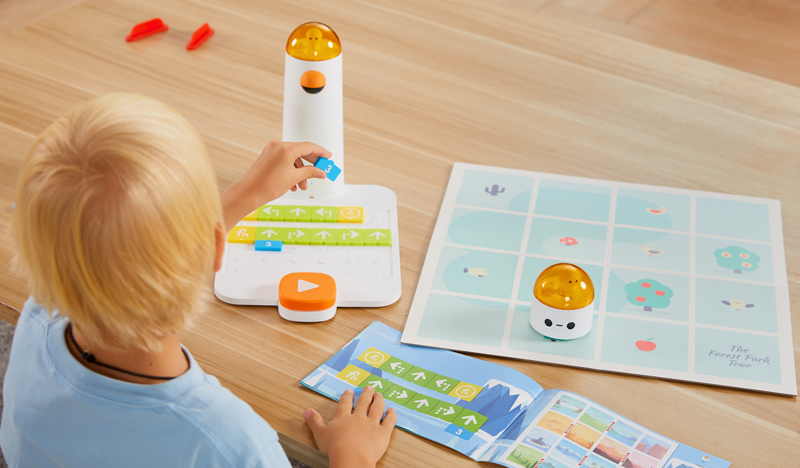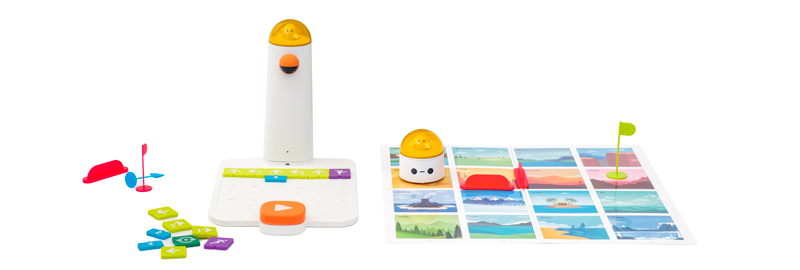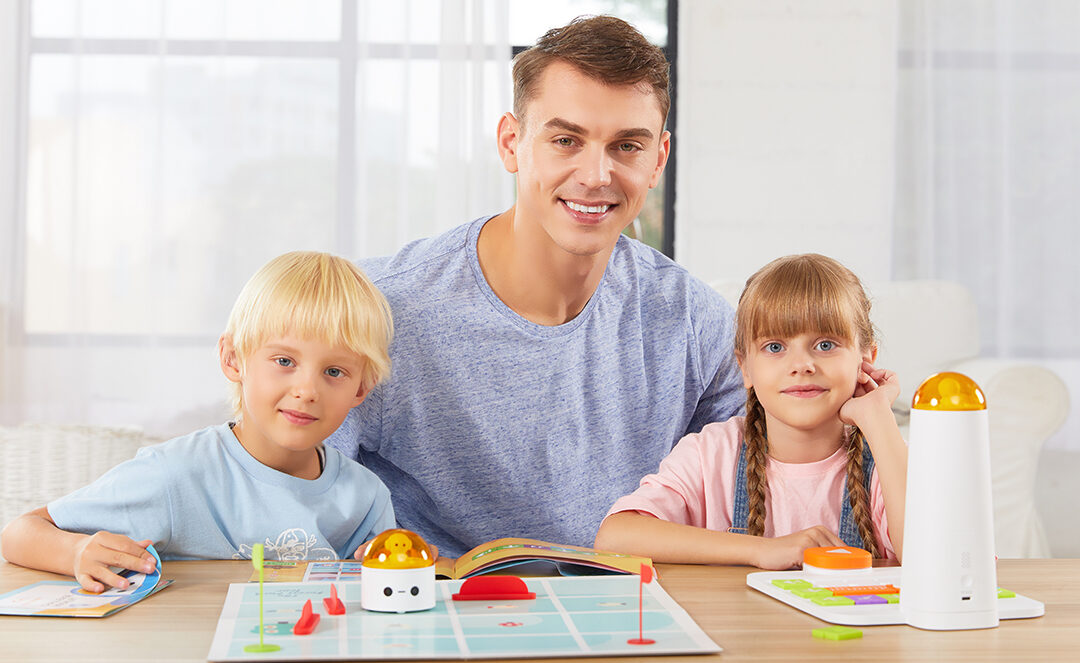Home-Based, Screen-Free Coding For Pre-schoolers and Elementary Graders
The technological future of industries is indisputable. Coding therefore will play a pivotal role in shaping the skills of young individuals today.
Children as young as seven years old can begin coding and learning the fundamentals of programming. In reality, as technology becomes more integrated into daily life, coding for kids has grown in popularity significantly in recent years. Children who learn to code when they are young can pave the way for a lifetime of chances.
What is coding?
Computer programmers use coding (or programming) to teach a computer or machine how to complete a given task. It entails the use of computer programming languages such as Java or Python to create executable scripts.
Some people consider coding to be a form of computer communication. Programmers issue commands to computers, which the latter executes. Coders, programmers, and developers can make games, applications, computer software, websites, and interactive digital content
How does Matatalab help?
Matatalab is a technology education startup that aims to give new STEAM education solutions to schools and families throughout the world. The company’s vision is to deliver creative learning and entertainment experiences that are enabled by technology, to improve students’ talents and confidence in facing the dynamic world. Matatalab coding robots have now been adopted by over 4,000 kindergartens, primary schools, and educational institutions throughout the world and especially in Dubai, UAE, and the rest of the Middle East and GCC.

Coding Set Home Edition
The coding set created by Matatalab enables young students to learn hands-on coding with the help of simplified tools. Use colored plastic blocks to symbolize coding commands; no need for a screen; youngsters may build their comprehension directly with their hands.
There are 4 simple steps used by young learners to build their understanding of coding.
Step 1: Create your playground
Young learners can create their playground with basic building blocks. This enables them to establish their sandbox, which essentially acts as their canvas for any coding or programming that they apply to their build.
Step 2: Plan their route
Planning the route for the code in the Home kit allows the learner to chart their instructions to the playground that they have already created. The route determines which actions are executed and in what particular order. This is the step where the learner decides the primary function of their build.
Step 3: Go and observe
After the program is complete, the learner essentially needs to run their code. This is the most fun part of the process for the children. Seeing what they’ve built work in action, gives a sense of completion and accomplishment to the learner.
Step 4: Debugging
Debugging, like professional coding, is a very important part of programming anything. The functions that are correctly executed can be kept and the functions that caused a hitch in the execution can be altered to best suit the actual action that needs to be executed.

A favorable association between computer programming and cognitive ability has been discovered in several recent research. Students who knew how to code scored higher on cognitive ability tests than those who had little to no programming expertise, according to the findings. Computer programming, according to MIT research, may be beneficial to cognitive growth.
When children learn to code, they are taught how to break down big issues into smaller, more manageable chunks so that they may develop functioning scripts. This is known as decomposition, and it is a valuable ability that students will find extremely handy whenever they are faced with real-life problems.
As children learn to code, they grow more accustomed to the problem-solving process, and eventually comfortable with it. The more people write, rewrite, troubleshoot, and debug lines upon lines of code, the easier it gets for them to cycle through the procedures and execute them correctly.






Recent Comments